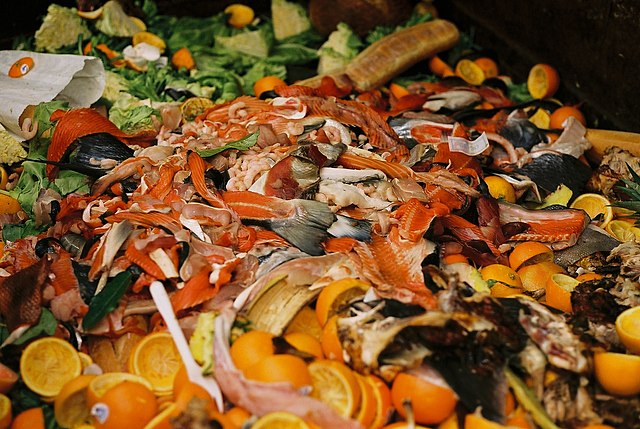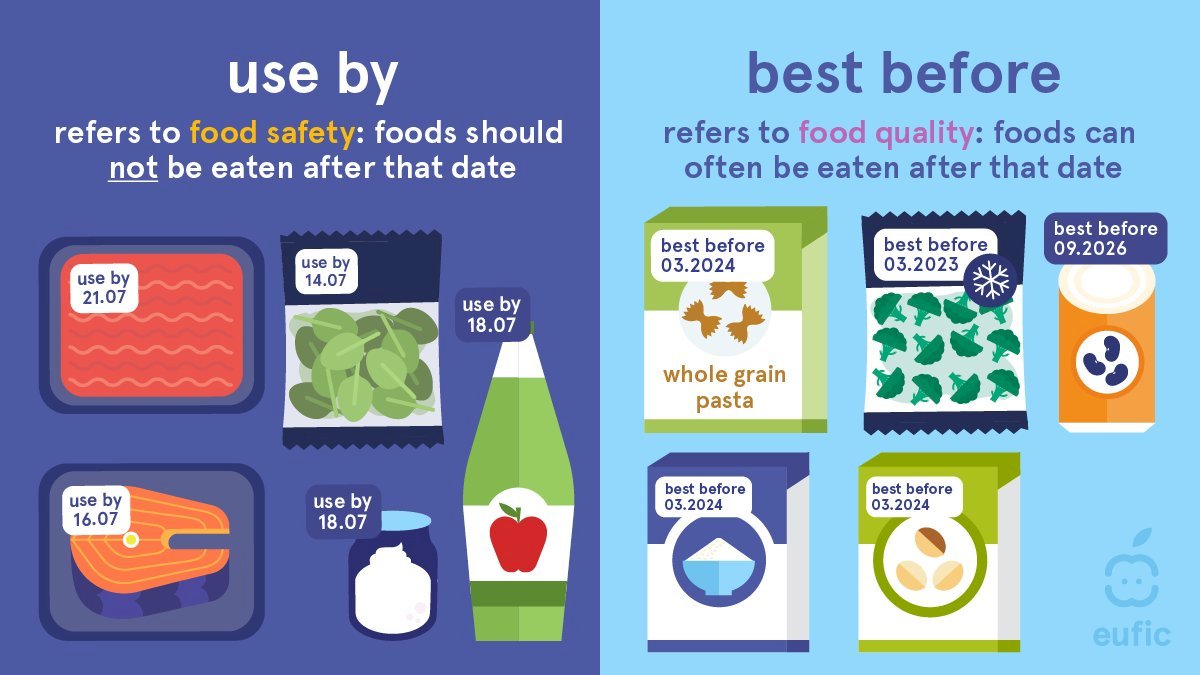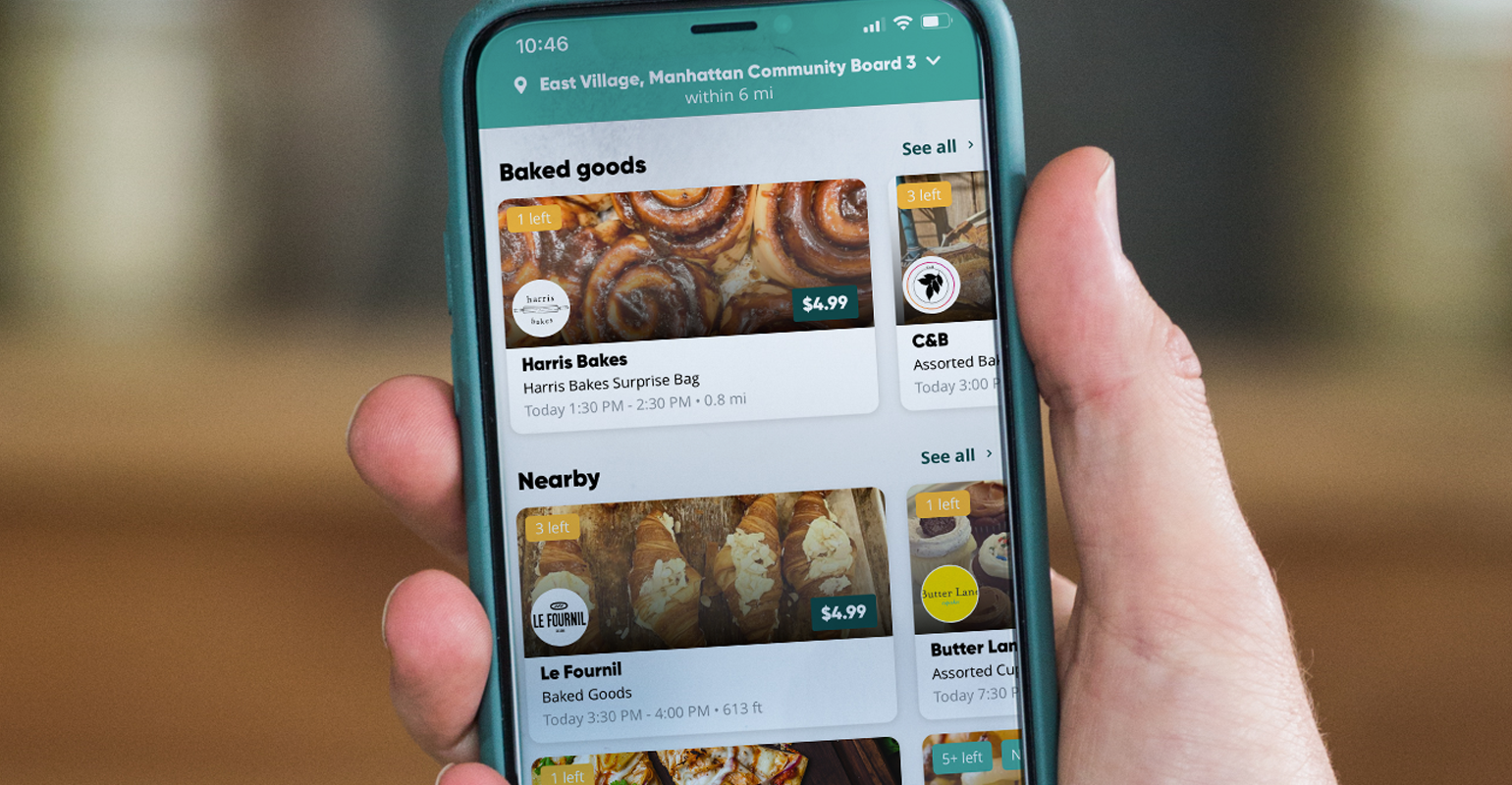 Have you ever wondered what happens to unsold food in grocery stores? Or food that spoils in your fridge? It turns out that all this food ends up in landfills, only to decompose and release harmful gases into the atmosphere.
Have you ever wondered what happens to unsold food in grocery stores? Or food that spoils in your fridge? It turns out that all this food ends up in landfills, only to decompose and release harmful gases into the atmosphere.
Many people are attempting to fix this problem. Creating apps to distribute aging (but not spoiled!) food to consumers, and developing an improved food labeling system are some of the possible solutions.
Let's take a deeper look into what food waste is, and how it affects us.
How It Happens, and How It Affects Our Climate
 Food waste and loss affect the environment in many ways.
Food waste and loss affect the environment in many ways.
- Food loss happens when food spoils, gets infested, or molds and is then discarded before arriving at the store.
- When food spoils on grocery shelves, in your home, or at a restaurant, it is called food waste.
- All of the energy and resources that go into producing the food, such as water and energy, are wasted too.
- The handling and transportation of food produce carbon dioxide.
- When that same food is thrown into landfills, it breaks down and releases methane. Methane and carbon dioxide are greenhouse gases and are large contributors to the climate crisis. Methane traps heat from the sun, which will then heat the atmosphere. It can linger for up to twelve years! Methane is responsible for 20% of the world's greenhouse emissions.
Cutting down on food loss and waste will significantly reduce the amount of greenhouse gases released into the atmosphere.
Can Apps and Labeling Help Address These Issues?
 Apps designed to reduce the amount of wasted food are becoming more popular. One example is an app called Too Good To Go. The goal is to connect consumers to food that would otherwise be thrown out. A consumer can see restaurants and stores with extra food, and can then purchase it at a discounted price.
Apps designed to reduce the amount of wasted food are becoming more popular. One example is an app called Too Good To Go. The goal is to connect consumers to food that would otherwise be thrown out. A consumer can see restaurants and stores with extra food, and can then purchase it at a discounted price.
Another proposed solution is to implement a new food labeling system. Stores in the UK have begun to remove “best before” labels in the hopes of reducing the amount of food thrown away before it’s bad. Without a printed date, customers can judge the quality of the food for themselves. That means if an apple looks bad, it is bad! And you can judge that by looking at it, rather than by reading a printed date.
One thing to note is that “best before” and “use by” are two different things. “Use by” labels tell us when food will no longer be safe to eat; “Best before” tells us when food has reached its peak freshness.
What Can We Do?
There are a few ways that we can help reduce food waste in our homes. Instead of leaving leftovers in the fridge to rot, you can choose one day of the week to eat them. You can avoid buying giant packs of food if a smaller pack is all that you need. You can also create a weekly meal plan so that you know exactly what to buy. These few things can go a long way in keeping food out of landfills.
Sources: USDA.gov, Harvard.edu, earth.org, NYTimes, The Conversation, toogoodtogo.com, onethird.io







